Understanding the scoreboard in Cricket darts: reading the scoreboard effectively is paramount to enjoying and strategizing within the game. This article breaks down the Cricket darts scoreboard, explaining scoring, marking, and how to interpret it all to dominate your matches. We’ll cover everything from the basic layout to advanced tactics based on scoreboard analysis.
⚠️ Still Using Pen & Paper (or a Chalkboard)?! ⚠️
Step into the future! The Dart Counter App handles all the scoring, suggests checkouts, and tracks your stats automatically. It's easier than you think!
Try the Smart Dart Counter App FREE!Ready for an upgrade? Click above!
Decoding the Cricket Darts Scoreboard: A Comprehensive Guide
Cricket darts is a strategic game, and the scoreboard is your battleground. More than just tracking points, it provides a roadmap of your progress, your opponent’s weaknesses, and opportunities to capitalize. Mastering Cricket darts: reading the scoreboard effectively is the first step to becoming a formidable player.
The Basics: Numbers in Play and the Marking System
Unlike games like 501, Cricket doesn’t involve subtracting from a starting total. Instead, players aim to “close out” specific numbers on the board: 20, 19, 18, 17, 16, 15, and the bullseye (which counts as one number, even though it has single and double scoring areas).
Here’s how the marking system works:
- First Hit: The first time you hit a number, you get a mark (usually represented by a “/” or “1”).
- Second Hit: The second hit earns you another mark (“X” or “2”).
- Third Hit: The third hit “closes” the number for you (“O” or “3”).
Once a number is closed, you can score points on it if your opponent hasn’t closed it yet. If they haven’t closed that number, every hit you land on it adds to your total score. This is where the strategy comes in – focusing on scoring points on open numbers is often more beneficial than trying to close more numbers yourself.
If both players have closed a number, it’s considered “dead” – neither player can score points on it anymore.
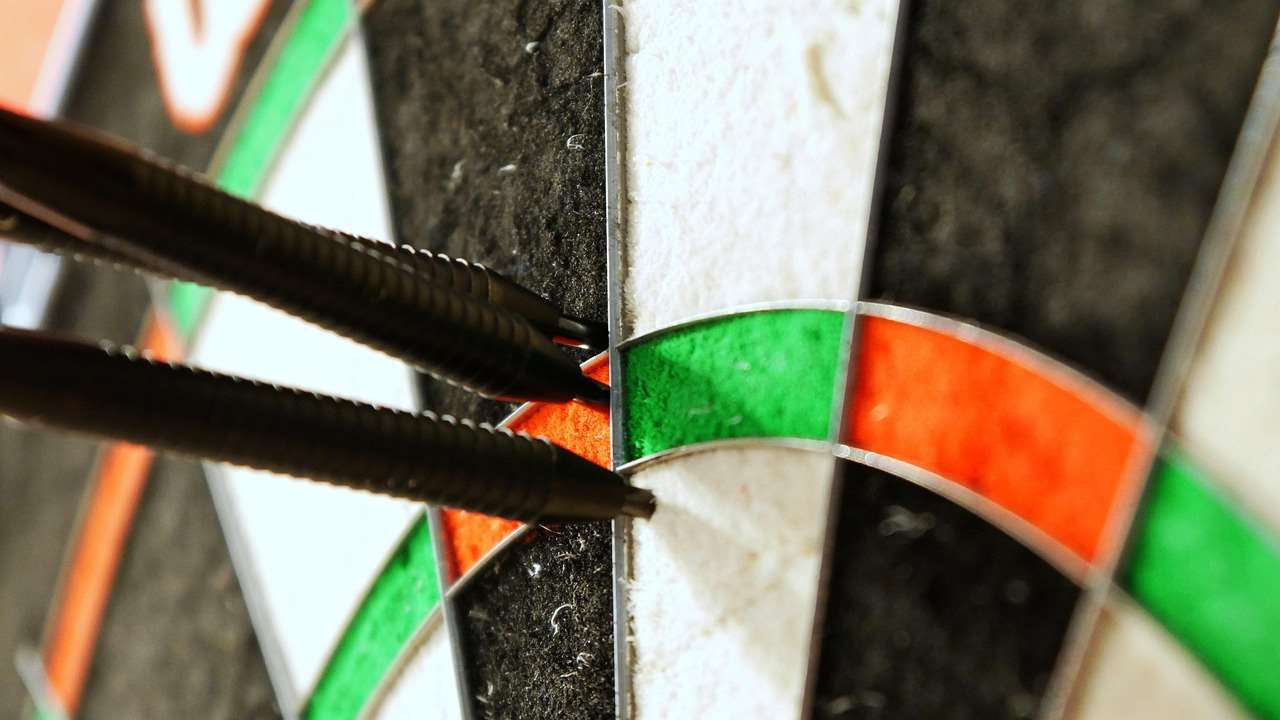
Understanding the Layout: Visualizing the Game State
A typical Cricket darts scoreboard will have the player names at the top, followed by columns for each number in play (20, 19, 18, 17, 16, 15, Bullseye). Underneath each number are spaces to mark hits.
Here’s an example:
Player A | 20 | 19 | 18 | 17 | 16 | 15 | Bull
---------|----|----|----|----|----|----|------
| | | | | | |
Player B | 20 | 19 | 18 | 17 | 16 | 15 | Bull
---------|----|----|----|----|----|----|------
| | | | | | |
As players hit the numbers, marks are added. For example, if Player A hits the 20 three times, their scoreboard would look like this:
Player A | 20 | 19 | 18 | 17 | 16 | 15 | Bull
---------|----|----|----|----|----|----|------
| O | | | | | |
Player B | 20 | 19 | 18 | 17 | 16 | 15 | Bull
---------|----|----|----|----|----|----|------
| | | | | | |
And if they hit it five times and their opponent hasn’t closed the 20:
Player A | 20 | 19 | 18 | 17 | 16 | 15 | Bull
---------|----|----|----|----|----|----|------
| O | | | | | |
Score: 40 | | | | | | |
Player B | 20 | 19 | 18 | 17 | 16 | 15 | Bull
---------|----|----|----|----|----|----|------
| | | | | | |
Each additional hit after closing while the number is open for your opponent adds to the score. Hitting the single 20 adds 20 points, double 20 adds 40 points, and triple 20 adds 60 points.
Advanced Scoreboard Strategy: Beyond the Basics
Cricket darts: reading the scoreboard effectively goes beyond simply marking hits. It involves understanding the implications of each mark and using that knowledge to make strategic decisions.
Offense: Maximizing Your Scoring Opportunities
The key to scoring big in Cricket is to identify which numbers your opponent hasn’t closed and focus your throws there. Let’s say your opponent has closed 20, 19, and 18, but you’ve closed everything. In this scenario, you should aim at their open numbers (17, 16, 15, Bullseye) to rack up points quickly. This strategy is fundamental in Basic Darts Fundamentals for Beginners (Basic Darts Fundamentals for Beginners).
Consider the following:
- Target Selection: Prioritize numbers where you’re likely to score multiple hits. If you’re more accurate at hitting 20 than 15, even if 15 is open and 20 isn’t, focus on 20 – you might get lucky and open it up again!
- The Risk-Reward Ratio: Sometimes, going for a tricky number (like the bullseye) is worth the risk if it means a significant point swing. Other times, playing it safe with a more consistent number is the better choice.
- Mind Games: Sometimes, targeting a number your opponent is close to closing can put them under pressure and force them to make mistakes.
Defense: Preventing Your Opponent from Scoring
Defense in Cricket darts is about preventing your opponent from scoring points. This means closing numbers they haven’t closed yet, especially if they’re good at hitting them. A common tactic is to try to close out the 20, since it is often the most frequently targeted number. Consider how you can adapt the Adapting darts rules for beginners to give yourself an edge in closing out numbers.
Effective defensive strategies include:
- Closing High-Value Numbers: Prioritize closing numbers like 20 and 19, as these are the most common scoring targets.
- Disrupting Your Opponent’s Rhythm: If you notice your opponent is consistently hitting a particular number, try to close it as soon as possible.
- Strategic Sacrifice: Sometimes, it’s worth sacrificing a scoring opportunity to close a number and prevent your opponent from scoring.
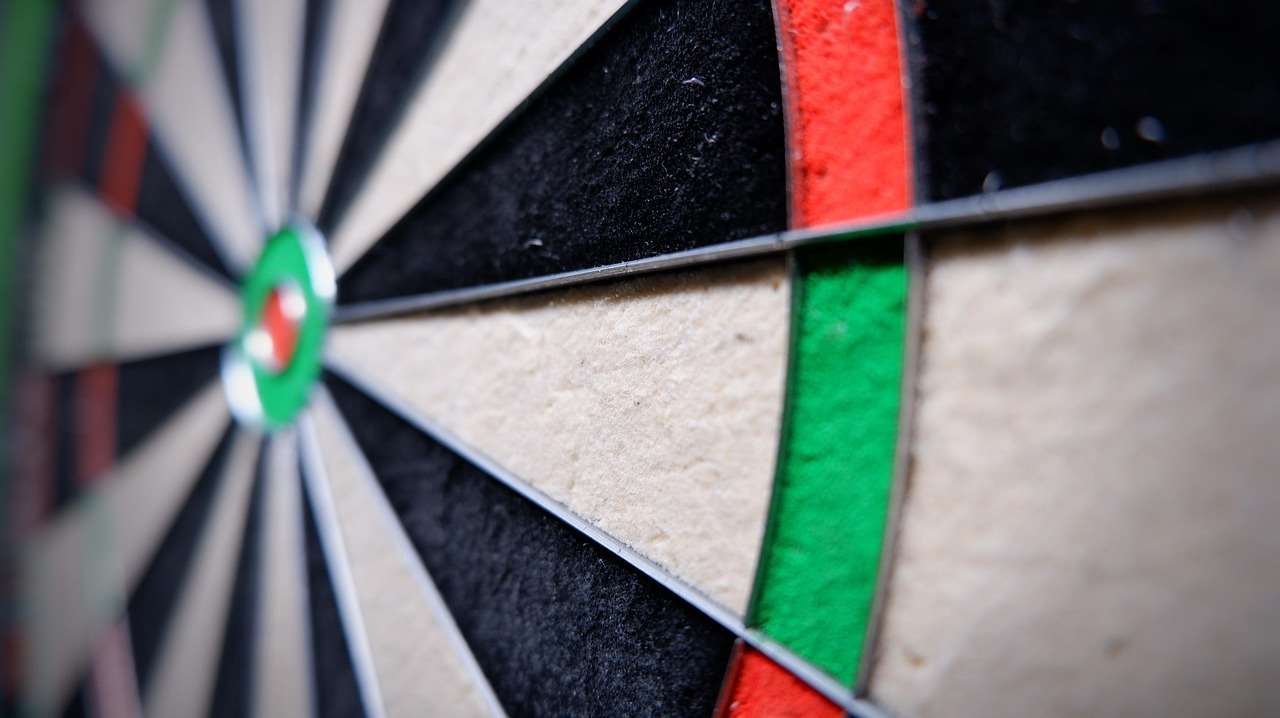
The Endgame: Closing and Winning
The game ends when one player has closed all the numbers and has a higher score than their opponent or when both players have closed all numbers and one player has a higher score. If a player closes all the numbers first but is behind in points, they must continue scoring on open numbers to take the lead before the game ends.
Key endgame considerations:
- Prioritize Closing: If you’re close to closing all the numbers, focus on doing so, even if it means sacrificing some scoring opportunities.
- Protect Your Lead: If you have a significant lead in points, focus on closing numbers to prevent your opponent from catching up.
- Know Your Opponent’s Score: Always be aware of how many points your opponent needs to catch up and adjust your strategy accordingly.
Utilizing Doubles and Triples for Strategic Advantage
Doubles and triples add a layer of complexity to Cricket darts: reading the scoreboard effectively. Hitting a double or triple counts as two or three hits, respectively, towards closing a number.
Strategic uses of doubles and triples:
- Quick Closing: A well-placed triple can close a number in a single throw, giving you a significant advantage.
- Score Boosts: Doubles and triples can significantly increase your score on open numbers, allowing you to quickly build a lead.
- Defensive Moves: Using a double or triple to close a number your opponent is targeting can be a powerful defensive play.
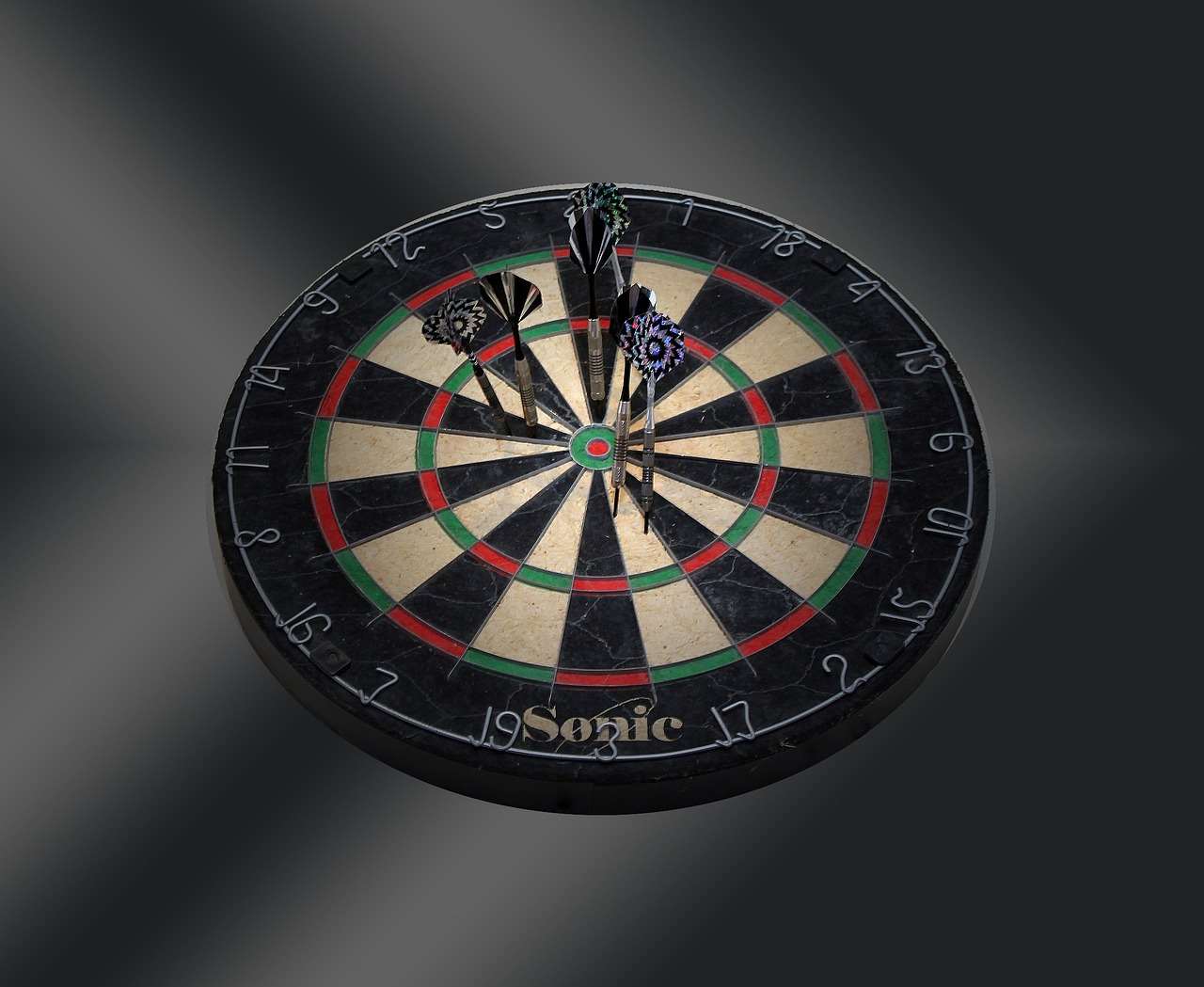
Common Scoreboard Mistakes and How to Avoid Them
Even experienced players can make mistakes when Cricket darts: reading the scoreboard effectively. Here are some common errors and tips for avoiding them:
- Miscounting Marks: Double-check the marks on the scoreboard to ensure accuracy. This is especially important when the game gets heated.
- Forgetting to Close: Don’t forget to mark a number as closed after you’ve hit it three times.
- Incorrectly Adding Scores: Double-check your score calculations to avoid errors.
- Losing Track of Your Opponent’s Progress: Pay attention to your opponent’s progress and adjust your strategy accordingly.
Consider using a digital scoreboard app or a dedicated scorekeeper to minimize these errors. These tools can automate the marking and scoring process, allowing you to focus on your game.
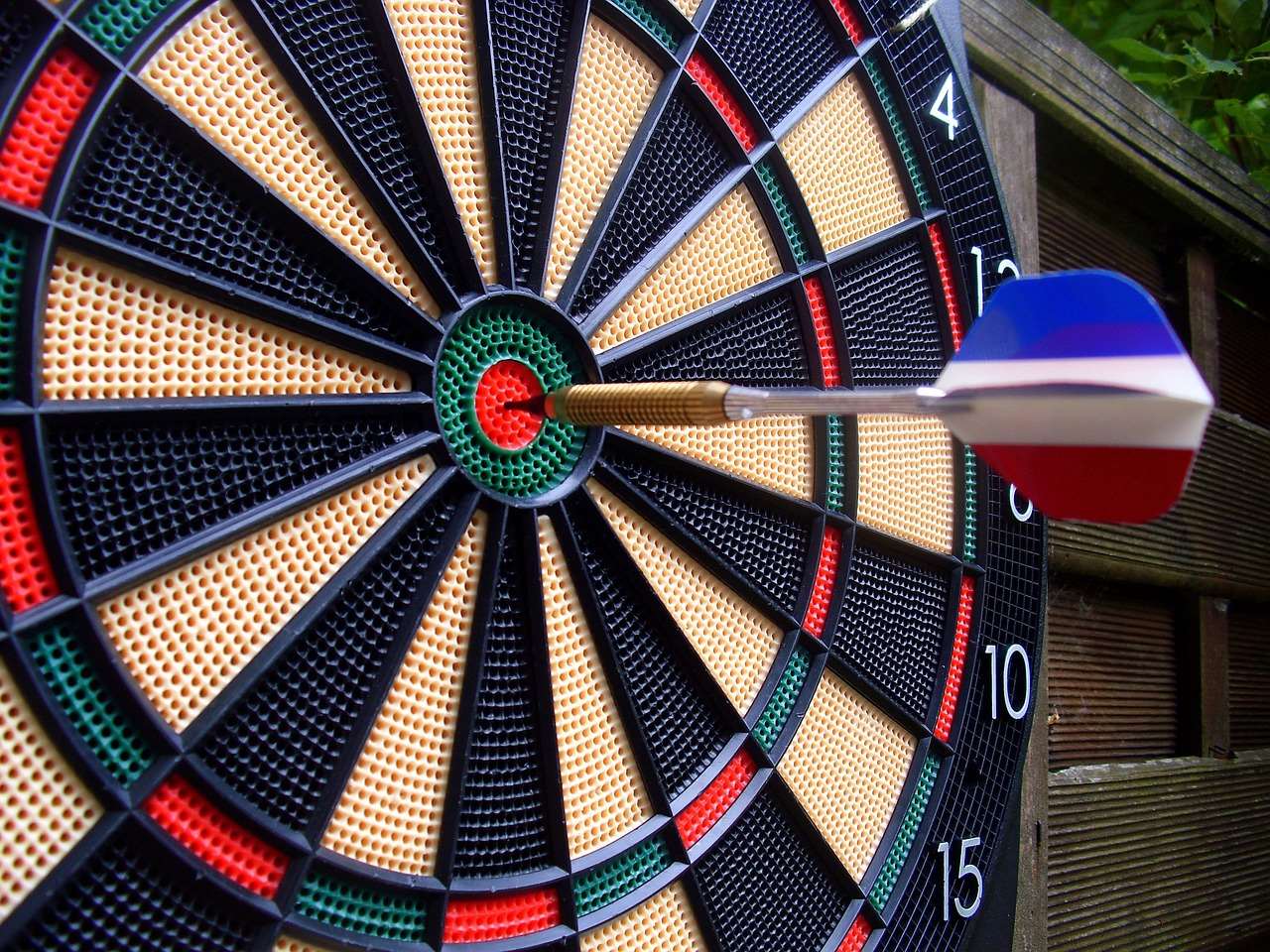
Tips for Improving Your Scoreboard Reading Skills
Improving your ability to Cricket darts: reading the scoreboard effectively takes practice and focus. Here are some helpful tips:
- Practice Regularly: The more you play, the better you’ll become at quickly assessing the scoreboard and making strategic decisions.
- Visualize the Game: Before each throw, take a moment to visualize the current state of the game and plan your next move.
- Analyze Your Games: After each game, review the scoreboard and identify areas where you could have made better decisions.
- Watch Professional Games: Observe how professional players use the scoreboard to strategize and gain an edge.
Adapting Your Strategy Based on Scoreboard Analysis
The real power of Cricket darts: reading the scoreboard effectively lies in its ability to inform your strategy. The scoreboard is a dynamic tool that provides real-time feedback on your performance and your opponent’s, allowing you to adjust your tactics as needed.
Here are some examples of how you can adapt your strategy based on scoreboard analysis:
- If you’re behind in points: Focus on scoring points on open numbers to catch up.
- If you’re ahead in points: Focus on closing numbers to prevent your opponent from scoring.
- If your opponent is close to closing a number: Prioritize closing that number to disrupt their rhythm.
- If you’re struggling to hit a particular number: Consider switching to a different number that you’re more comfortable with.
Remember, Cricket darts is a game of adaptation. The ability to analyze the scoreboard and adjust your strategy accordingly is what separates good players from great ones. The fun dart game variations with modified rules (Fun dart game variations with modified rules) often emphasize this adaptive skill.
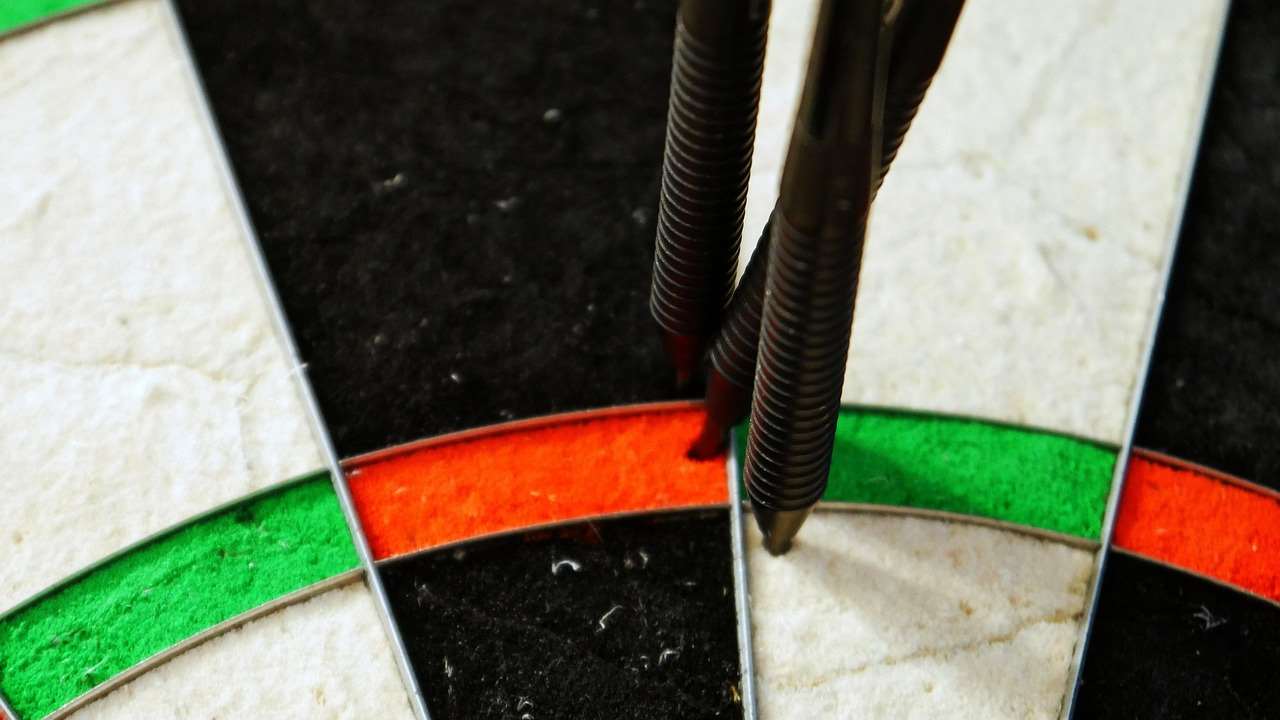
Conclusion: Mastering the Scoreboard for Cricket Darts Success
Cricket darts: reading the scoreboard effectively is not just about knowing the rules; it’s about understanding the dynamics of the game and using that knowledge to make strategic decisions. By mastering the marking system, analyzing the game state, and adapting your strategy based on scoreboard analysis, you can significantly improve your chances of success.
From understanding the initial layout to mastering offensive and defensive strategies based on your reading of the game, every element contributes to your understanding and overall skill. Learning how to make darts fairer with handicap rules (how to make darts fairer with handicap rules) is helpful in diverse skill levels.
So, grab your darts, step up to the oche, and start practicing your scoreboard reading skills today! Put these tips into action and watch your Cricket darts game soar. Now that you understand Cricket darts: reading the scoreboard effectively, go practice, refine your strategies, and dominate your next match. Share this guide with your fellow dart enthusiasts and let the games begin!
Hi, I’m Dieter, and I created Dartcounter (Dartcounterapp.com). My motivation wasn’t being a darts expert – quite the opposite! When I first started playing, I loved the game but found keeping accurate scores and tracking stats difficult and distracting.
I figured I couldn’t be the only one struggling with this. So, I decided to build a solution: an easy-to-use application that everyone, no matter their experience level, could use to manage scoring effortlessly.
My goal for Dartcounter was simple: let the app handle the numbers – the scoring, the averages, the stats, even checkout suggestions – so players could focus purely on their throw and enjoying the game. It began as a way to solve my own beginner’s problem, and I’m thrilled it has grown into a helpful tool for the wider darts community.